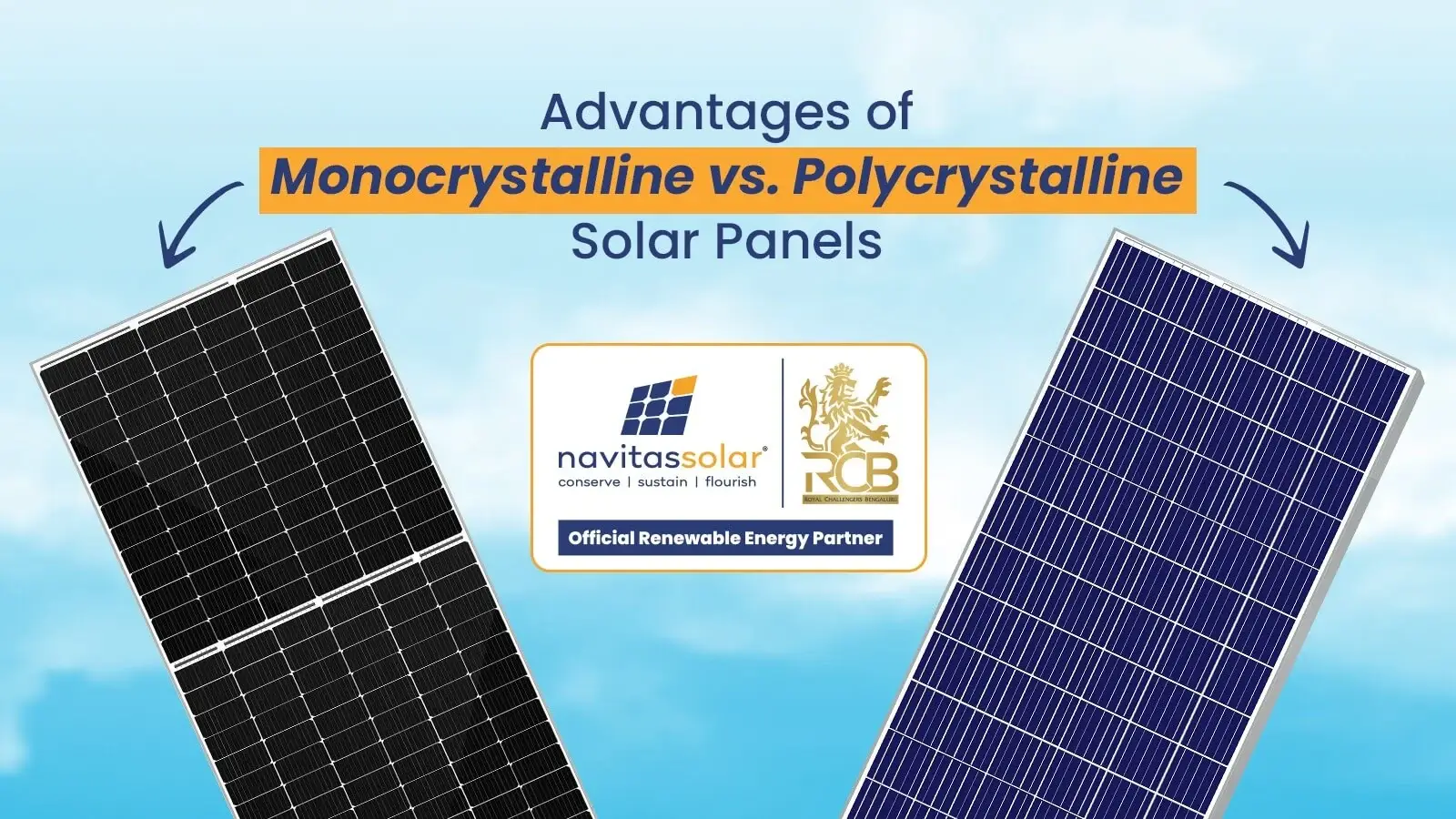Solar Renewable Energy: What is Green Solar Energy and How is it Used?
Do you want to know what green solar energy is? Click here to learn everything about green solar energy, its uses, benefits, drawbacks, and more. The post Solar Renewable Energy: What is Green Solar Energy and How is it Used? appeared first on Rooftop Solar for your home and more - Blog | SolarSquare.

Solar renewable energy refers to the inexhaustible sunlight that can be churned into electricity and thermal energy using solar devices like solar panels and solar thermal systems. PV solar systems with solar panels use light from the sun to generate electricity. In contrast, solar thermal systems use heat from sunlight to warm fluids, water, and air for residential and commercial purposes.
Solar energy is called renewable since it’s abundant and naturally replenished. Unlike finite sources of energy like fossil fuels, solar energy will continue to exist as long as the sun shines upon the Earth. Moreover, solar energy is non-polluting. One of the most effective ways to use solar energy to reduce electricity bills by up to 90% is to install an on-grid rooftop solar system at homes, housing societies, and commercial complexes.
This blog will walk you through the working of solar energy through different solar renewable energy systems, the limitations, benefits, and uses of solar power.
TL;DR Summary Box: Is it Worth to Get Solar Power?
Using solar renewable energy to pay your electricity bills is a very smart move, considering electricity tariffs in India increase by 3-6% annually. Moreover, the cost of installing a rooftop solar panel for homes breaks even within 3 to 5 years after you avail of a subsidy under the PM Surya Ghar Muft Bijli Yojana. Post that, your system will continue to generate free electricity for at least 25 years.
Here are the key pointers which will be discussed in detail in this blog:
Topic Quick takeaways Why is solar energy renewable? Unlike fossil fuels, which will cease to exist one day, solar energy is inexhaustible. How is solar renewable energy used? Solar energy is utilized by solar renewable energy systems, like on-grid and off-grid solar systems, to generate electricity and solar thermal energy systems to warm fluids. Uses of solar renewable energy Rooftop solar for housing societies and homes
Commercial rooftop systems for industrial useBenefits of solar energy It is clean and abundant, doesn’t cause pollution, and reduces electricity bills by up to 90%. Limitations of solar energy The working and efficiency of solar panels depend on sunlight’s availability. Benefits offered by the Indian government to make solar power popular The central government of India offers homeowners a subsidy up to Rs. 78,000 for installing on-grid rooftop solar systems.
Housing societies receive a subsidy up to Rs. 90 lakh.
What is Solar Renewable Energy?
Solar energy, coming from the sun in the form of sunlight, is known as solar renewable energy. It can be utilized in various ways through solar technologies to generate both electricity and thermal energy, all while minimizing environmental risks, as solar energy is both eco-friendly and completely non-polluting.
Why is Solar Energy Called Renewable Energy?
Sunlight is abundant and inexhaustible; hence, solar energy is called a renewable source of energy as it naturally gets replenished. Unlike fossil fuels, which will become extinct one day since they are finite, solar energy will always exist.
How is Solar Renewable Energy Used?
Solar renewable energy systems harness sunlight in multiple ways, making full use of the eco-friendly energy source at human disposal. The three main technologies that use solar energy are solar PV systems, concentrated photovoltaics (CPV), and solar thermal systems.
Let’s check out how each technology works.
Solar Photovoltaic Systems
Solar systems contain solar panels (the most visible but not the only component in a solar system) that are made up of solar cells. These solar cells are primarily made up of silicon that absorbs sunlight and converts it into direct current electricity.
Here’s the step-by-step working of a solar PV system that converts solar energy into electricity:
- Sunlight falls on solar panels: Photons in sunlight knock electrons loose in the solar cells. These loose electrons start flowing in a single direction, producing a DC power flow.
- DC electricity is taken to the solar inverter: DC power is not used in homes since it’s in thousands of volts and can be lethal. This power is taken to a solar inverter that converts DC power to AC power, which is used to run household appliances.
- A bi-directional net meter records unit exchange (in case of on-grid solar): The role of a net meter is to augment the electricity unit exchange between the grid and the solar system. During the day, excess power generated by solar is transported to the grid. At nighttime or wherever required, electricity units from the grid are imported to keep the household running. This exchange is recorded by the net meter and is used to generate a solar bill if you import more units or give credits if you export more power to the grid.
- A battery bank made of lithium batteries is used to store solar energy (in case of off-grid solar systems): Off-grid solar systems are not connected to the grid but to a battery bank, which is usually composed of lithium batteries. Excess power from the solar system is used to charge the batteries during the day. The power from batteries keeps the household running at night.
Out of the two types, on-grid solar systems are better than off-grid solar systems because, when the grid is reliable, on-grid systems can support a household’s energy requirements easily. Moreover, you can’t get a subsidy for installing off-grid systems, and they’re a lot more expensive than on-grid solar. Hence, homes and housing societies get a better return on investment by installing on-grid rooftop solar panel systems.
Did you know? There’s a third kind of solar system known as a hybrid solar system that is connected to the electricity grid as well as a battery bank. However, it’s extremely expensive.
Solar Thermal Energy Systems
Solar thermal energy systems use heat from the sunlight to raise the temperature of water, air, or fluids. A flat plate collector is one example of a solar thermal device. These systems convert solar energy into thermal energy to heat water without producing pollution during operation.
Let’s check out how these systems utilize solar renewable energy step-by-step:
- Solar collectors absorb heat from sunlight: An absorbing plate absorbs sunlight, and its temperature begins to rise. In short, it heats up.
- The heat produced is taken to pipes: A heat transfer fluid flows through pipes connected to the collector. Heat from the absorber plate is transferred to this fluid.
- Thermal energy reaches the storage unit: The now hot heat transfer fluid moves towards the storage unit through insulated pipes that ensure heat doesn’t get lost during the transfer.
- Heat warms the water present in the storage unit: The heat transfer fluid transfers its thermal energy to the water in the storage tank. After that, the cooled fluid returns to the collector. This cycle continues as long as sunlight is available.
Concentrated Photovoltaics (CPV) Systems
Concentrated photovoltaics (CPV) are solar power systems that use lenses or mirrors to focus sunlight onto small, high-efficiency solar cells. Unlike traditional silicon solar PV systems that collect sunlight over a wide area, CPV systems concentrate only direct sunlight (DNI – Direct Normal Irradiance) to generate electricity by using solar energy. A parabolic trough collector is one example of a CPV system using solar energy to generate electricity.
Let’s check out their working step-by-step:
- The CPV systems collect and concentrate sunlight: Lenses or parabolic mirrors collect and concentrate sunlight onto a much smaller area.
- Concentrated sunlight hits the multi-junction solar cells: Instead of silicon cells, many CPV systems use multi-junction solar cells. The multi-junction photovoltaic cells capture a broader spectrum of sunlight. These cells are 2 to 2.5 times more expensive than single-junction cells, but under concentrated light, their efficiency reaches ~47%.
- The multi-junction cells convert sunlight into electricity: When intense sunlight hits the cell, it excites electrons just like in regular PV solar cells. This electricity is then used to power electronics.
- Dual-axis trackers follow the sun: Since CPV systems only use direct sunlight, they must remain perpendicular to the sun throughout the day. Hence, they are mounted on dual-axis tracking systems that follow the sun’s path throughout the day to maximize exposure to direct sunlight.
What Are the Uses of Solar Renewable Energy?
Solar renewable energy can be used for residential, commercial, and industrial purposes. Rooftop solar systems at homes can be used to reduce the electricity bills by at least 90%. In housing societies, on-grid rooftop solar systems can be used to power common area facilities. In fact, thousands of solar panels can be used to build a utility-scale solar power plant that can power cities.
Let’s check out the main uses of solar renewable energy in India:
- Residential use of solar energy: Solar systems are advanced photovoltaic devices that convert sunlight into a usable form of electricity. When a solar system is sized properly, it generates sufficient power to meet all energy requirements, reducing bills by at least 90% (or making them zero). For instance, a 5 kW solar system in Nagpur, installed at ~Rs. 2.27 lakh* with subsidy can save ~Rs. 34.43 lakh* in 25 years of its service.
- Commercial and industrial use of solar energy: Businesses and factories have high energy demands during the daytime. Commercial solar systems installed on rooftops or the ground convert sunlight into electricity that powers machinery, lighting, and HVAC systems. Additionally, businesses can claim accelerated depreciation and other tax benefits by installing solar systems. It makes solar not just a green investment but a smart financial one too.
*Please note: The above-mentioned solar panel price in Nagpur is indicative as of 30th July 2025 for the SolarSquare Blue 6ft variant. The final cost of installing a solar panel depends on your DISCOM charges, product variant opted for, panel type, inverter type, mounting structure height, type of after-sales service, savings guarantee, roof height, etc. Prices are subject to change. Additionally, while calculating savings, we have considered the annual tariff escalation at 3% and the annual degradation at 1%. The actual final savings from solar panel installation depend on the types of solar panels you’ve installed and their efficiency, intensity of sunlight your rooftop receives, orientation of the panels and tilt angle, the pollution level and weather conditions in your city, the temperature, shadow on the roof, impact of dirt/dust, and how well you maintain your panels after installation.
Want to calculate the estimated savings you’ll make in 25 years by installing on-grid rooftop solar systems? Use SolarSquare’s free rooftop solar calculator to get an estimate.
Calculate your savings

Forecast your savings with solar on your investment on the SolarSquare’s plant

What Are the Advantages of Solar Renewable Energy?
Using solar renewable energy to power homes, housing societies, commercial complexes, and businesses reduces reliance on fossil fuels, making you energy independent. It also saves a lot of money since installing solar cuts down the electricity bills and protects the environment by reducing the carbon footprint.
Here’s a detailed list of the benefits of using solar energy:
- Reduces pollution: Installing even the smallest 1 kW solar system is equivalent to planting 39 full-grown trees, which can remove 25,872 kg of carbon dioxide from the air over 25 years. Hence, switching to the use of solar energy can reverse climate damage and protect the environment.
- Cuts down electricity bills: Installing rooftop solar makes you energy independent, as you no longer depend on grid electricity for running your household. Since you no longer use grid electricity, the bills either disappear completely or get reduced by at least 90%.
- Results in massive savings of tens of lakhs of rupees: Solar systems have a lifespan of at least 25 years when properly maintained. After the initial investment breaks even in 3-5 years, you get free electricity for the remainder of the system’s life. The total savings amount to lakhs. For instance, if you install a 10 kW solar system in Nagpur with a subsidy today, you will save ~Rs. 68.8 lakh* in 25 years.
- Solar panels are long-lasting: When purchased from reputable solar renewable energy companies in India like ReNew, the solar panels last for at least 25 years.
*Please note: While calculating savings, we have considered the annual tariff escalation at 3% and the annual degradation at 1%. The actual final savings from solar panel installation depend on the types of solar panels you’ve installed and their efficiency, intensity of sunlight your rooftop receives, orientation of the panels and tilt angle, the pollution level and weather conditions in your city, the temperature, shadow on the roof, impact of dirt/dust, and how well you maintain your panels after installation.
What Are the Limitations of Solar Renewable Energy?
The main limitation of solar renewable energy is its dependence on sunlight. Solar panels work best when there’s abundant sunlight. Which means, the efficiency drops during the rainy season or when shadows fall on the panels. However, with technological advances, newer and better solar panels like half-cut mono-PERC panels are being made that offer good performance even under partial shading.
Let’s check out all the major limitations of solar renewable energy:
- Performance depends on sunlight: Solar panels perform better when there’s abundant sunlight. Their efficiency drops under a cloud cover. However, solar output is averaged throughout the year. It means that even if the panels produce less power during the monsoons, they will make up for the reduced production during the summer season, ensuring that you get the savings that were promised.
- Initial investment: Although you have to invest upfront, the cost of installation is negligible when compared to the savings you make over 25 years. Moreover, electricity tariffs rise by 3-6% annually. Therefore, installing solar is the need of the hour despite the upfront investment. You can also apply for loans to get solar installed. SolarSquare offers a zero-investment scheme where the subsidy you receive from the government is equal to the system’s down payment. It means your subsidy pays the down payment, and you don’t have to pay anything out of your pocket.
Benefits that the Indian Government Offers to Popularize Solar Renewable Energy
India has become the 5th largest deployer of solar energy in the world. The leading reason behind this surge is that the government has made solar affordable for homeowners and housing societies by offering them a subsidy under the PM Surya Ghar Muft Bijli Yojana.
Under this scheme, homeowners can get a subsidy up to Rs. 78,000, and housing societies can get a subsidy up to Rs. 90 lakh.
Here are the subsidy details for homeowners under the PM Surya Ghar Scheme:
Solar System Size Solar System Subsidy in India for Homes (All States Except UP)
Total Solar Subsidy in UP (Center + State Subsidy)1 kWp Rs. 30,000 Rs. 45,000 2 kWp Rs. 60,000 Rs. 90,000 3 kWp or higher Rs. 78,000 (fixed) Rs. 1,08,000 (fixed)
Please note: The UP state government offers an additional subsidy of up to Rs. 30,000 to homeowners on top of the subsidy offered by the central government.
Here are the subsidy details for housing societies under the PM Surya Ghar Scheme:
Group housing societies (GHS) receive a subsidy of Rs. 18,000 per kW, up to 500 kW (at 3 kW per house), for common facilities.
Solar System Size Solar System Subsidy in India for Housing Societies 100 kW Rs. 18 lakh 200 kW Rs. 36 lakh 500 kW Rs. 90 lakh
How Does Solar Subsidy Benefit Affect the Cost of Solar Systems?
The solar panel price in India has reduced substantially due to a subsidy offered under the PM Surya Ghar Muft Bijli Yojana. Let’s check out the investment before and after a subsidy in detail.
Here’s the estimated starting price for solar panel installation in India without subsidy – Base variant:
- Solar panel installation cost in India for a 2 kWp system (Base variant) without subsidy: ~ Rs. 1,85,000* Lucknow to ~ Rs. 2,00,000* in Bengaluru
- Solar panel installation cost in India for a 3 kWp system (Base variant) without subsidy: ~ Rs. 2,15,000* Lucknow to ~ Rs. 2,35,000* in Bengaluru
- Solar panel installation cost in India for a 4 kWp system (Base variant) without subsidy: ~ Rs. 2,60,000* Lucknow to ~ Rs. 2,85,000* in Bengaluru
- Solar panel installation cost in India for a 5 kWp system (Base variant) without subsidy: ~ Rs. 3,15,000* Lucknow to ~ Rs. 3,70,000* in Bengaluru
- Solar panel installation cost in India for a 10 kWp system (Base variant) without subsidy: ~ Rs. 5,85,000* Lucknow to ~ Rs. 6,40,000* in Bengaluru
*Please note: The above-mentioned solar panel price in India is indicative as of 30th July 2025 for the SolarSquare Blue 6ft variant. The final cost of installing a solar panel depends on your DISCOM charges, product variant opted for, panel type, inverter type, mounting structure height, type of after-sales service, savings guarantee, roof height, etc. Prices are subject to change.
Here’s the estimated starting price for solar panel installation in India with subsidy – Base variant:
- Solar panel installation cost in India for a 2 kWp system (Base variant) with subsidy: ~ Rs. 95,000* in Lucknow to ~ Rs. 1,22,000* in Bengaluru
- Solar panel installation cost in India for a 3 kWp system (Base variant) with subsidy: ~ Rs. 1,07,000* in Lucknow to ~ Rs. 1,57,000* in Bengaluru
- Solar panel installation cost in India for a 4 kWp system (Base variant) with subsidy: ~ Rs. 1,52,000* in Lucknow to ~ Rs. 2,07,000* in Bengaluru
- Solar panel installation cost in India for a 5 kWp system (Base variant) with subsidy: ~ Rs. 2,07,000* in Lucknow to ~ Rs. 2,92,000* in Bengaluru
- Solar panel installation cost in India for a 10 kWp system (Base variant) with subsidy: ~ Rs. 4,77,000* in Lucknow to ~ Rs. 5,62,000* in Bengaluru
*Please note: The above-mentioned solar panel price in India is indicative as of 30th July 2025 for the SolarSquare Blue 6ft variant. The final cost of installing a solar panel depends on your DISCOM charges, product variant opted for, panel type, inverter type, mounting structure height, type of after-sales service, savings guarantee, roof height, etc. Prices are subject to change.
Conclusion
Solar renewable energy has a bright future in India and worldwide, as it directly addresses issues such as increasing pollution and rising electricity tariffs. The best thing about solar energy is that, unlike fossil fuels, which are finite, solar energy is renewable. It means that sunlight replenishes itself naturally and is abundant. Earth won’t get rid of solar energy for as long as the sun smiles upon us.
If you’re planning to install a solar system at your place, SolarSquare can help you. Book a free consultation with our experts. There’s no pressure to book solar with us just because you’ve called. You book only if you’re satisfied.
FAQs
Q1. What is an example of solar renewable energy?
Ans. Examples of solar renewable energy systems include solar photovoltaic systems that convert sunlight into electricity, solar thermal systems like flat plate collectors that use sunlight to heat water or air, and concentrated solar power (CSP) systems such as parabolic trough collectors, which concentrate sunlight to generate thermal energy for electricity production.
Q2. Who invented solar energy?
Ans. No one exactly invented solar energy. Sunlight has always been around naturally on Earth. However, the person who discovered how to turn sunlight into electricity was a French scientist named Edmond Becquerel. He discovered the photovoltaic effect in the year 1839.
Q3. How is solar energy stored?
Ans. In solar PV systems, the electricity generated from sunlight can be stored in a battery bank, usually made up of lithium batteries. This stored power can be used at night. Solar systems with battery storage are called off-grid (completely independent of the electricity grid) or hybrid systems (which work with both solar and the grid).
The post Solar Renewable Energy: What is Green Solar Energy and How is it Used? appeared first on Rooftop Solar for your home and more - Blog | SolarSquare.
What's Your Reaction?




























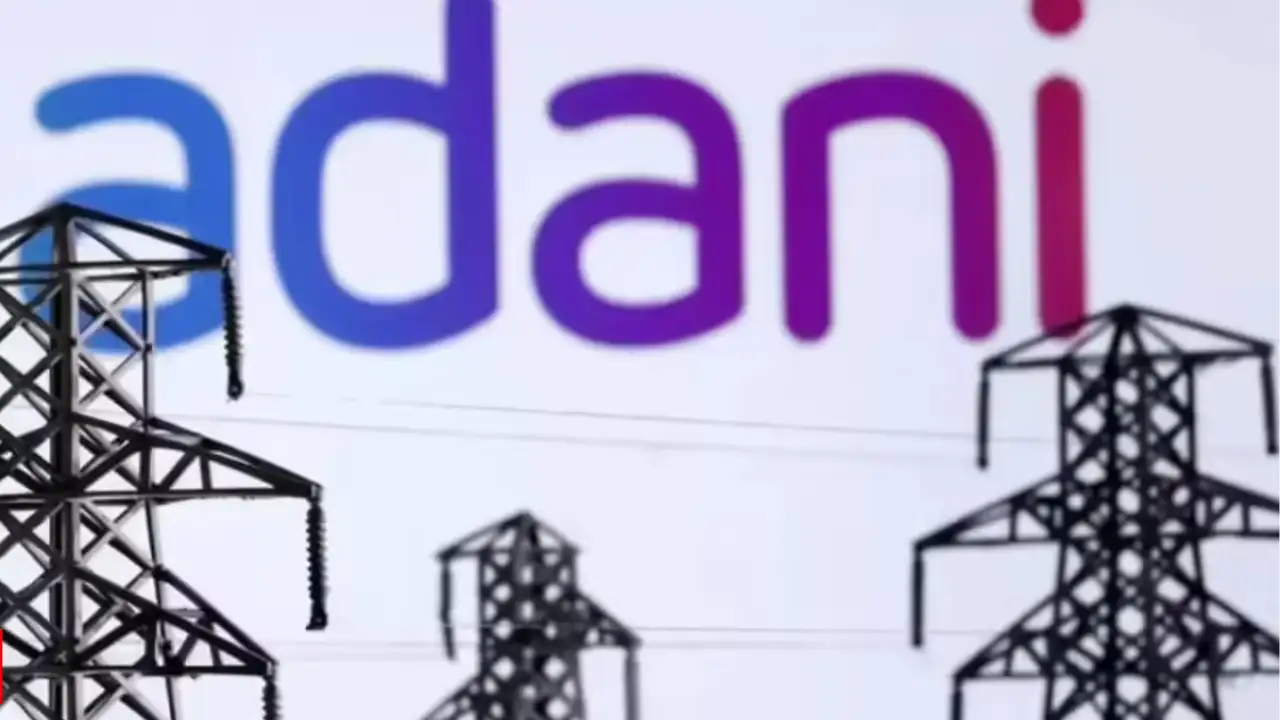


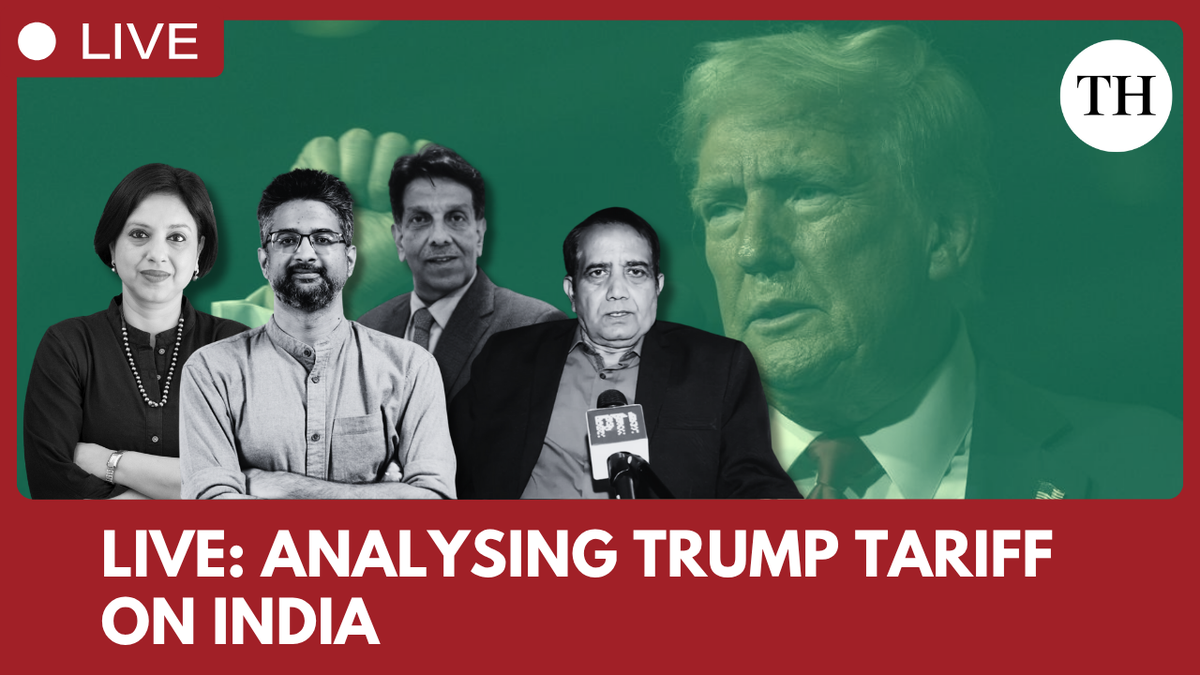


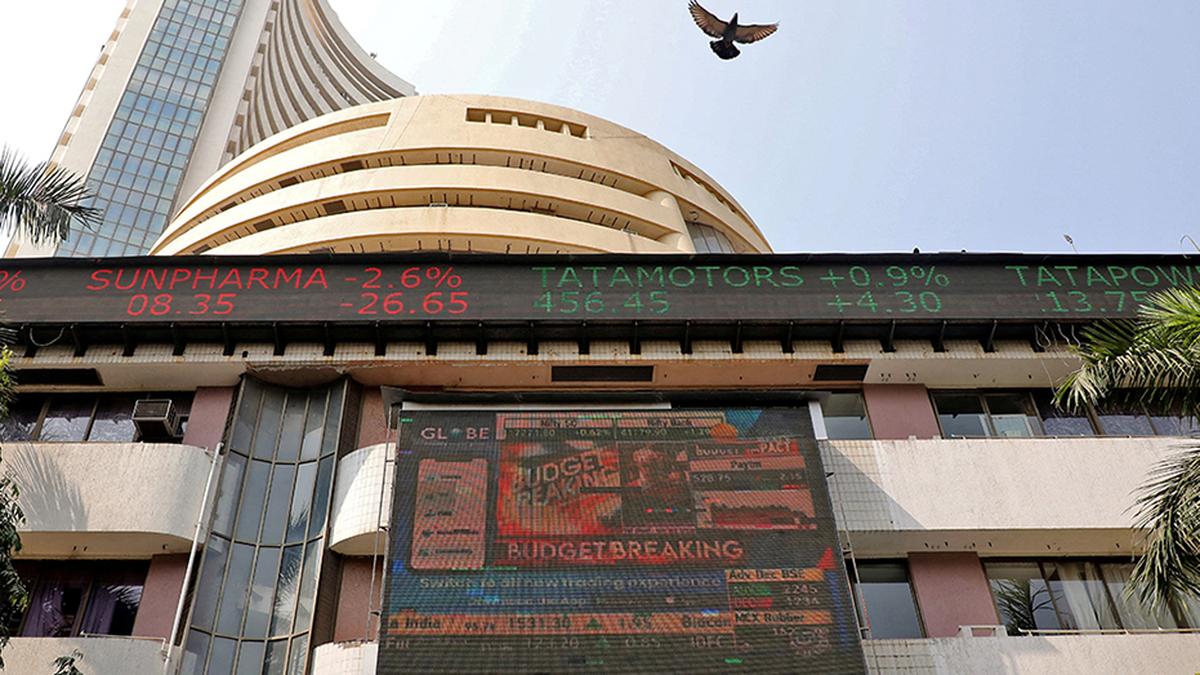








































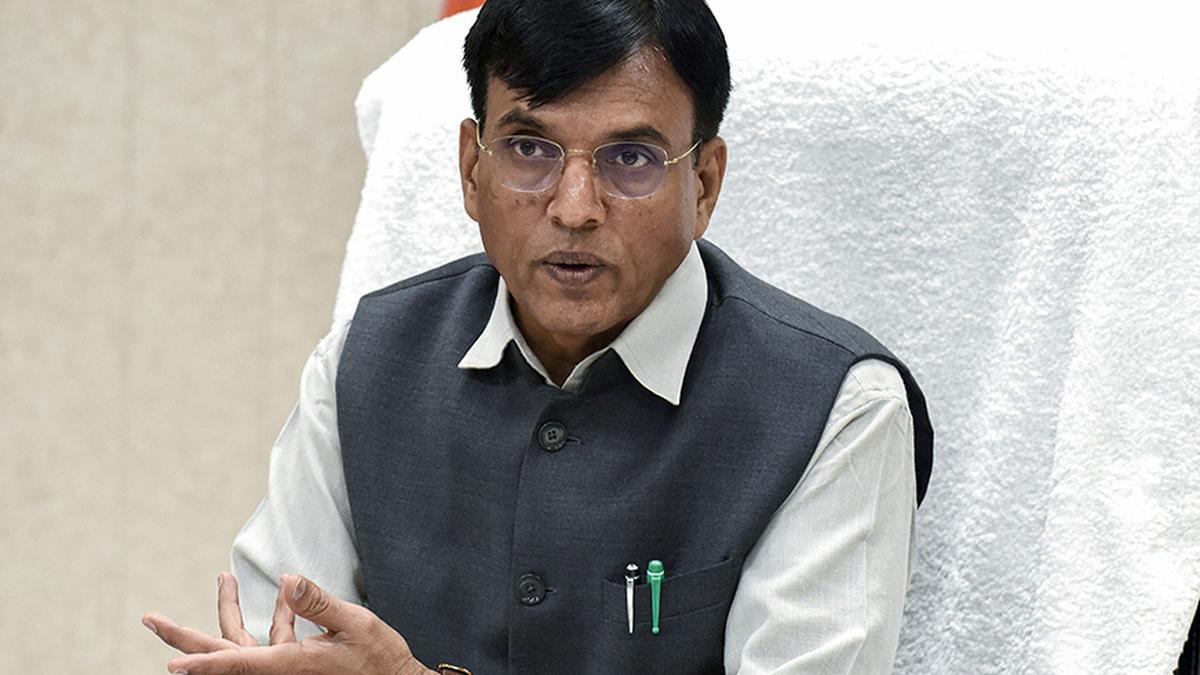





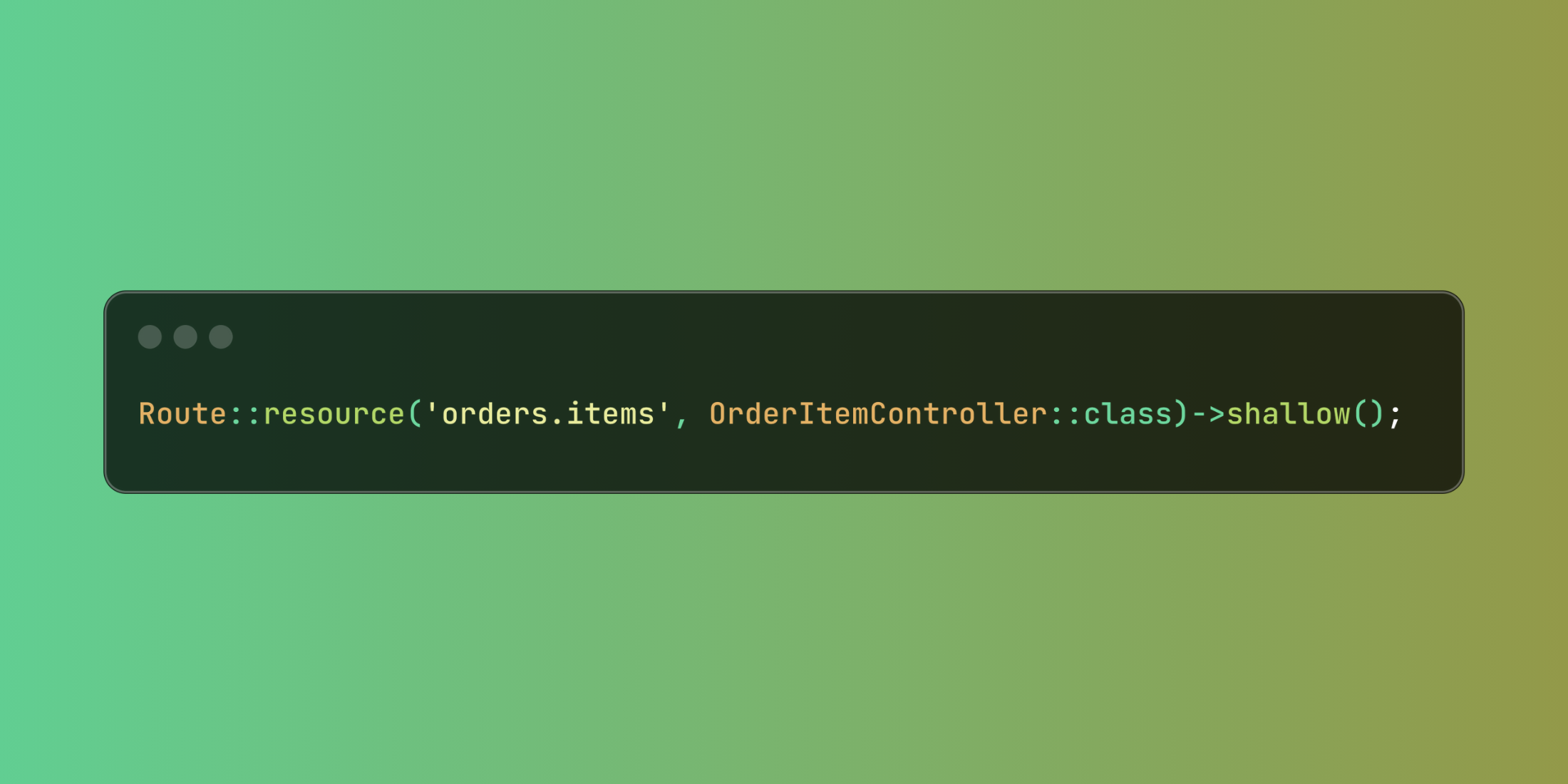


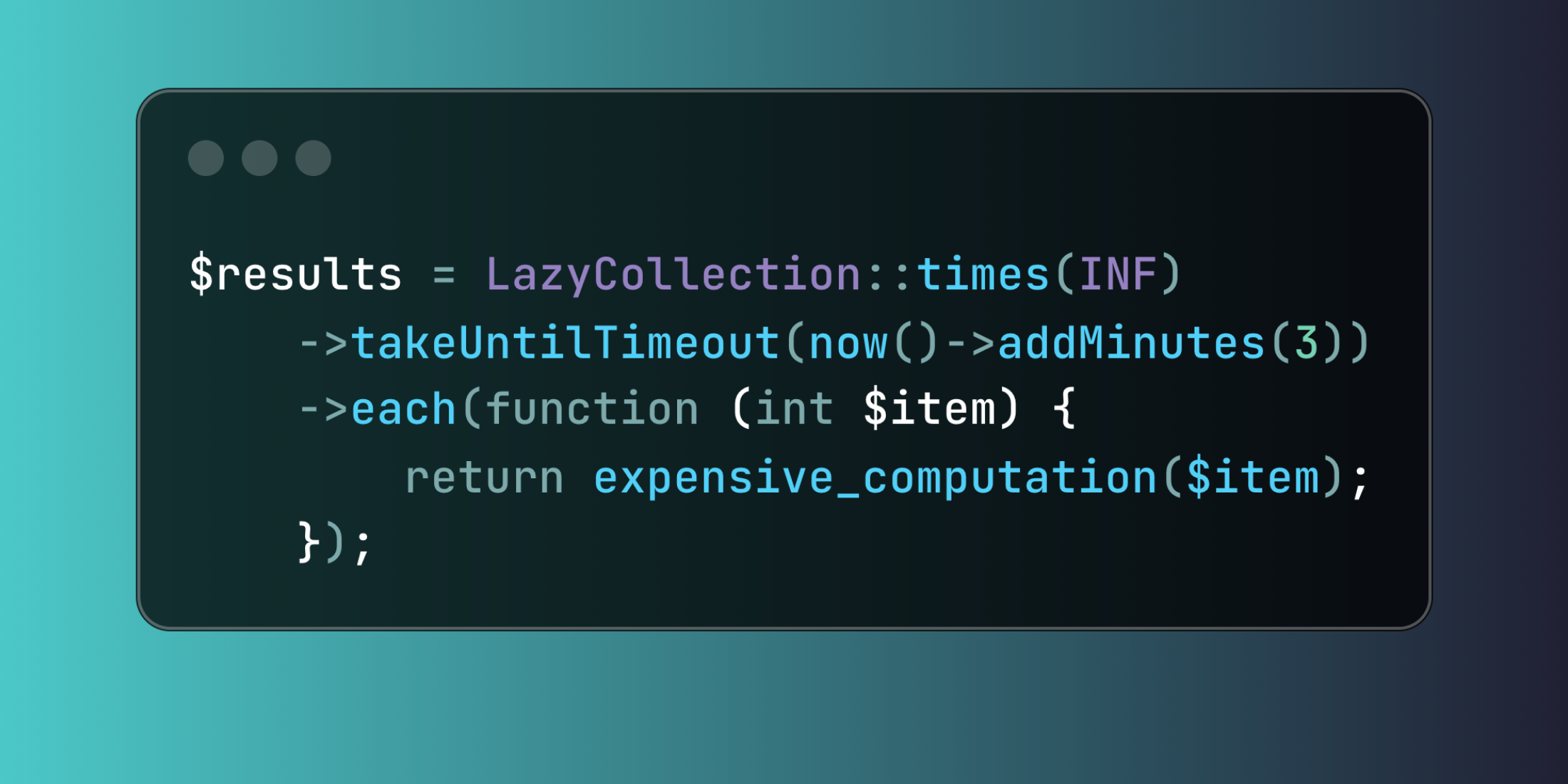

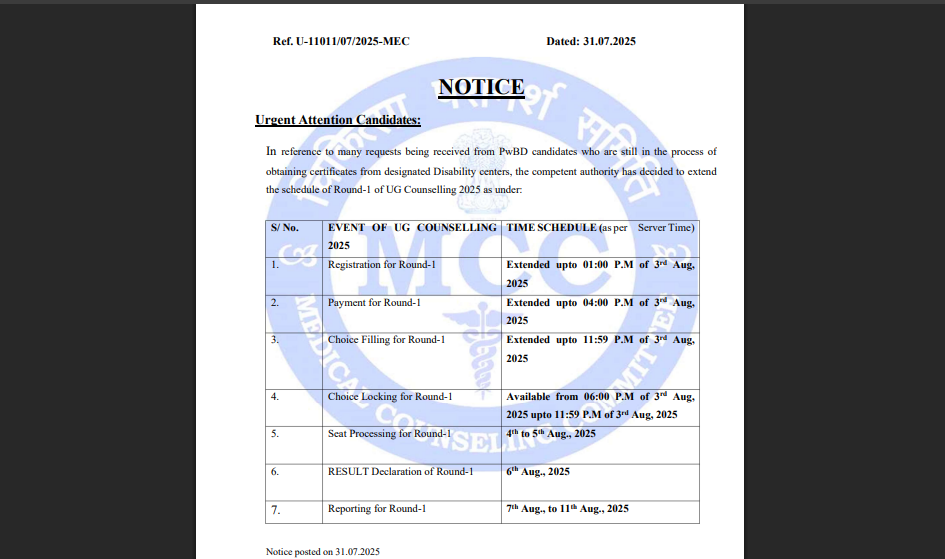






.svg)
